Table of content
Zongzi, a beloved traditional Chinese dish, is a pyramid-shaped delight made of glutinous rice stuffed with various fillings and wrapped in bamboo or reed leaves. This iconic food, often associated with the Dragon Boat Festival, has gained global popularity for its unique texture and flavor. However, cooking frozen raw zongzi—especially when using the cold-water method—can be a culinary challenge for even seasoned cooks. This article delves into the science, techniques, and nuances of boiling frozen raw zongzi to perfection, ensuring every bite is sticky, aromatic, and safely cooked.
Understanding Frozen Raw Zongzi: Composition and Challenges
Before addressing boiling times, it’s essential to grasp why frozen raw zongzi requires specific handling. Unlike pre-cooked frozen zongzi, which only need reheating, raw versions contain uncooked glutinous rice and fillings (such as pork, mushrooms, or red bean paste). Freezing preserves them but alters their texture, making uniform cooking critical.
The cold-water method—submerging frozen zongzi in a pot of cold water and gradually heating it—is often recommended. This approach ensures even thawing and cooking, preventing the exterior from becoming mushy while the interior remains raw. However, achieving the ideal balance between doneness and texture demands precision.
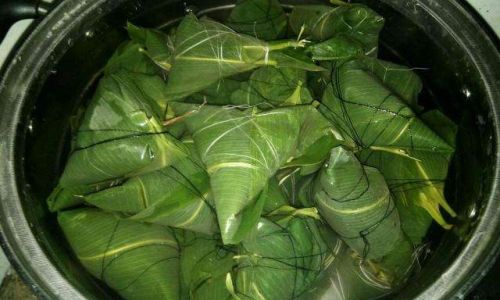
Factors Influencing Boiling Time
The duration required to cook frozen raw zongzi in cold water varies based on several factors:
-
Size and Thickness:
Larger zongzi (e.g., those exceeding 150 grams) require longer boiling times compared to smaller ones. Thicker layers of glutinous rice and fillings act as insulators, slowing heat penetration. -
Filling Density:
Meat-based fillings (e.g., pork belly) or dense ingredients like chestnuts increase cooking time due to their higher thermal mass. Lighter fillings, such as red bean paste, may cook slightly faster. -
Altitude:
At high elevations, water boils at lower temperatures, extending cooking times. For example, cooking at 3,000 feet above sea level may add 10–15 minutes to the process.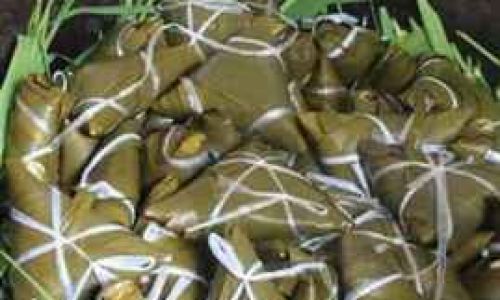
-
Stove Type:
Gas stoves provide instant heat adjustment, while electric coils retain heat longer. Both affect how quickly the water reaches and maintains a simmer. -
Freezer Storage Duration:
Zongzi frozen for over six months may require marginally longer cooking to compensate for ice crystal formation, which can harden the rice.
Step-by-Step Guide to Boiling Frozen Raw Zongzi
Preparation: The Foundation of Success
- Thawing (Optional but Not Recommended):
While some sources suggest thawing zongzi overnight in the refrigerator, this can lead to uneven cooking. The cold-water method eliminates this risk by combining thawing and cooking. - Water Quantity:
Use a pot large enough to submerge all zongzi completely. A general rule is 3–4 liters of water per 500 grams of zongzi to prevent sticking and ensure even heating.
Initial Boiling Phase
- Cold Start:
Place frozen zongzi in the pot and cover with cold water. This gradual temperature rise ensures the rice cooks uniformly. - Heat Adjustment:
Bring the water to a rolling boil over medium-high heat. Once boiling, reduce the heat to a gentle simmer.
Cooking Time: The Sweet Spot
- Standard Duration:
For medium-sized zongzi (100–150 grams), boil for 45–60 minutes. Larger varieties may need 75–90 minutes. - Testing Doneness:
Gently remove one zongzi using tongs. Carefully unwrap a corner of the leaf—the rice should be translucent, sticky, and soft, with no visible white streaks. The filling should be heated through (use a food thermometer to ensure an internal temperature of 74°C (165°F) for meat-based fillings).
Post-Cooking Resting Period
After boiling, let the zongzi rest in the pot for 5–10 minutes with the heat off. This allows residual heat to further soften the rice and meld flavors.
Expert Tips for Flawless Results
- Avoid Overcrowding:
Overlapping zongzi can lead to uneven cooking. Use multiple pots if necessary. - Monitor Water Levels:
Add hot water (not cold) if the level drops below the zongzi during boiling to prevent temperature shock. - Leaf Integrity:
Ensure the bamboo leaves remain intact during cooking to prevent water from seeping into the rice, which can make it soggy. - Adjust for Fillings:
For zongzi with hard-boiled eggs or dried shrimp, reduce cooking time by 5–10 minutes, as these ingredients are pre-cooked.
Common Mistakes and How to Avoid Them
- Using Hot Water Initially:
Starting with hot water can cause the zongzi’s exterior to cook faster than the interior, resulting in a raw center. - Undercooking:
Rushed cooking leads to gummy rice and undercooked fillings. Patience is key. - Overcooking:
Extended boiling can dissolve the rice’s stickiness, leaving it mushy. Test doneness frequently in the final stages. - Ignoring Altitude Adjustments:
Cooks in mountainous regions must extend boiling times to compensate for lower boiling points.
Serving Suggestions and Pairings
- Sweet vs. Savory:
Serve sweet zongzi (e.g., red bean or date-filled) with a drizzle of honey or crushed sesame seeds. Pair savory varieties with soy sauce, chili oil, or pickled vegetables. - Beverage Pairings:
Traditional Chinese tea (such as jasmine or pu-erh) complements the richness of zongzi. For a modern twist, serve with ginger ale or lemonade. - Creative Plating:
Garnish with fresh herbs like mint or cilantro to offset the stickiness of the rice.
Advanced Techniques for Enthusiasts
- Pressure Cooker Method:
For time-efficient cooking, use a pressure cooker. Submerge frozen zongzi in cold water, seal the lid, and cook on high pressure for 20–25 minutes. Allow natural release. - Sous-Vide Precision:
Vacuum-seal zongzi and cook in a water bath at 85°C (185°F) for 2–3 hours. This method ensures unparalleled evenness but requires specialized equipment.
The Science Behind Perfect Zongzi Texture
Glutinous rice, the star ingredient, contains high levels of amylopectin, a starch that gelatinizes when heated. Proper cooking breaks down these starches, creating the signature sticky texture. Undercooking leaves starch granules intact, resulting in a gritty mouthfeel, while overcooking disintegrates them into mush. The cold-water method optimizes starch gelatinization by providing a controlled, gradual heat gradient.
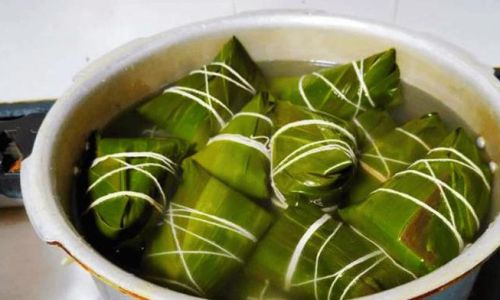
Cultural Significance and Modern Adaptations
Zongzi’s history dates back over 2,000 years, tied to the legend of Qu Yuan. Today, it’s a symbol of cultural heritage, with regional variations reflecting local tastes. For instance, Southern Chinese zongzi often feature savory fillings, while Northern styles lean toward sweet. Modern adaptations include vegan options (using mushrooms and tofu) or fusion fillings (like curry or cheese).
Conclusion: The Journey to Zongzi Mastery
Cooking frozen raw zongzi in cold water is a blend of tradition and technique. By understanding the interplay of size, fillings, and heat, you can transform a simple frozen parcel into a culinary masterpiece. Remember: patience, precision, and a willingness to experiment are your greatest allies. Whether you’re celebrating a festival or indulging in a cozy meal, perfectly boiled zongzi is a testament to the art of slow cooking and the joy of shared traditions.
So, the next time you unwrap a frozen zongzi, embrace the process. Let the water simmer, the aroma fill your kitchen, and the anticipation build. After all, the best meals are those made with care—and a little scientific curiosity.
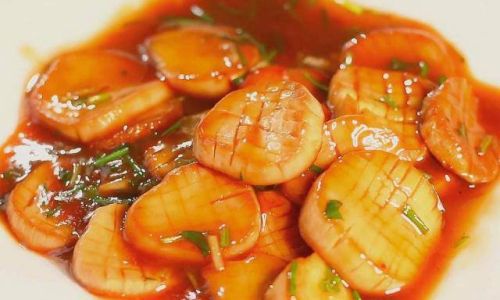

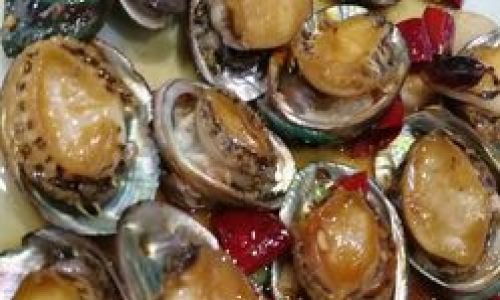
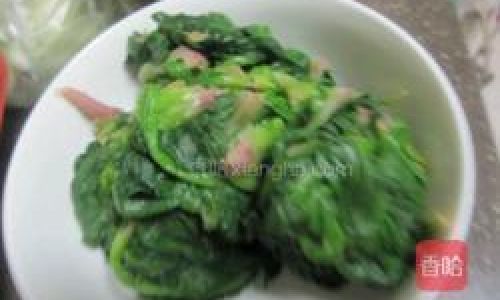
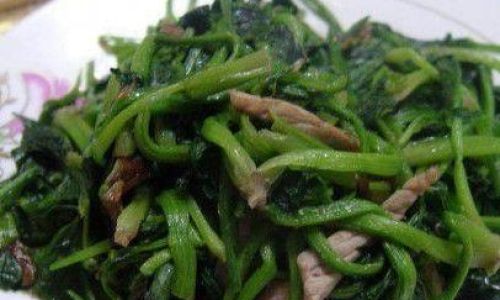
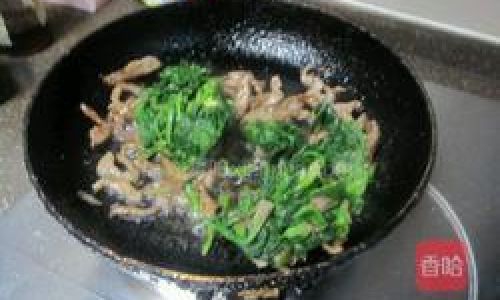
0 comments